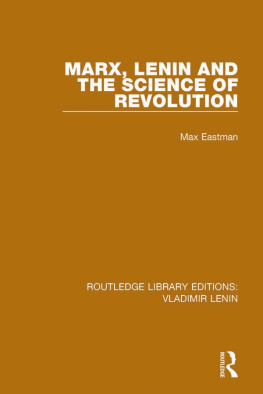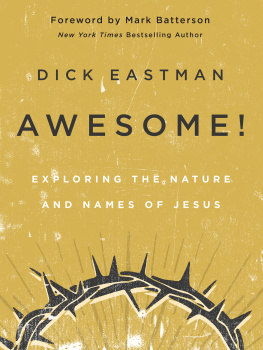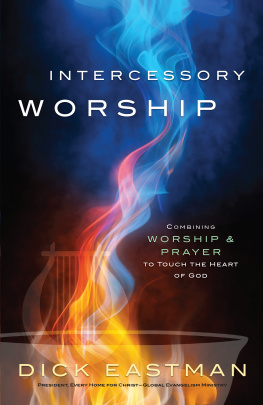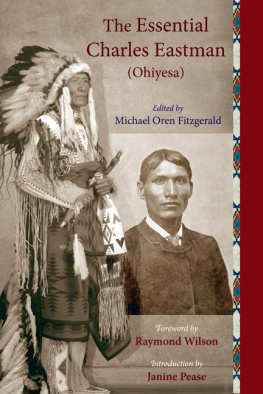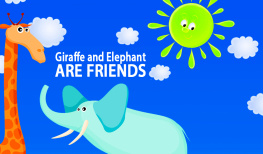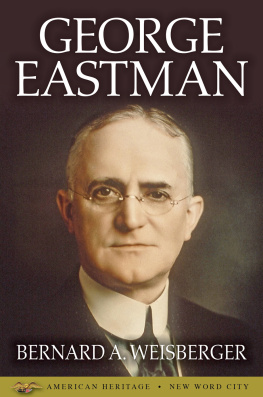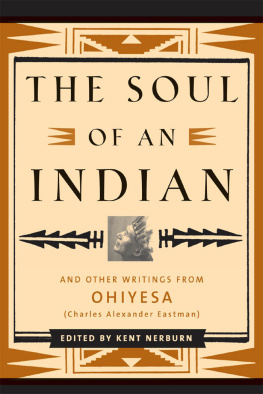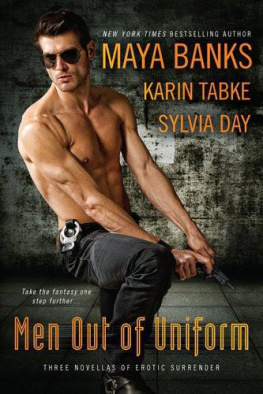Max Eastman - Artists in Uniform: A Study of Literature and Bureaucratism
Here you can read online Max Eastman - Artists in Uniform: A Study of Literature and Bureaucratism full text of the book (entire story) in english for free. Download pdf and epub, get meaning, cover and reviews about this ebook. year: 1972, publisher: Octagon Books, genre: Romance novel. Description of the work, (preface) as well as reviews are available. Best literature library LitArk.com created for fans of good reading and offers a wide selection of genres:
Romance novel
Science fiction
Adventure
Detective
Science
History
Home and family
Prose
Art
Politics
Computer
Non-fiction
Religion
Business
Children
Humor
Choose a favorite category and find really read worthwhile books. Enjoy immersion in the world of imagination, feel the emotions of the characters or learn something new for yourself, make an fascinating discovery.

- Book:Artists in Uniform: A Study of Literature and Bureaucratism
- Author:
- Publisher:Octagon Books
- Genre:
- Year:1972
- Rating:3 / 5
- Favourites:Add to favourites
- Your mark:
- 60
- 1
- 2
- 3
- 4
- 5
Artists in Uniform: A Study of Literature and Bureaucratism: summary, description and annotation
We offer to read an annotation, description, summary or preface (depends on what the author of the book "Artists in Uniform: A Study of Literature and Bureaucratism" wrote himself). If you haven't found the necessary information about the book — write in the comments, we will try to find it.
Artists in Uniform: A Study of Literature and Bureaucratism — read online for free the complete book (whole text) full work
Below is the text of the book, divided by pages. System saving the place of the last page read, allows you to conveniently read the book "Artists in Uniform: A Study of Literature and Bureaucratism" online for free, without having to search again every time where you left off. Put a bookmark, and you can go to the page where you finished reading at any time.
Font size:
Interval:
Bookmark:

The publisher has gone to great lengths to ensure the quality of this reprint but points out that some imperfections in the original copies may be apparent.
The publisher has made every effort to trace copyright holders and welcomes correspondence from those they have been unable to contact.

- INTRODUCTORY
- PART I THE ARTISTS INTERNATIONAL
- The Kharkov Congress
- The New American Literature
- PART II A LITERARY INQUISITION
- The Three Phases of Soviet Culture
- The Workers Reach Toward the Stars
- The Minstrels Seek Bohemia
- Yessenins Suicide
- The Suicide of Several Poets
- Maiakovskys Suicide
- Art Tries to Be a Hermit
- The Framing of Eugene Zamyatin
- Romanovs Recantation
- The Silence of Isaac Babyel
- The Humiliation of Boris Pilnyak
- Trotsky Speaks for Arts Own Laws
- Voronskys Fight for Truth
- Polonskys Persecution
- The Revolution of April 23, 1932
- PART III ART AND THE MARXIAN PHILOSOPHY
- The Word Dialectic
- The Religious Heritage of Scientific Socialism
- What Dialectic Meant to Marx and Lenin
- Utilities of the Dialectic Faith
- The Marician Aesthetics
- The Soul of Man under Communism
- SUPPLEMENT
- Lenins Views of Art and Culturea Translation from Polonsky
- Notes and References
- Index
Font size:
Interval:
Bookmark:
Similar books «Artists in Uniform: A Study of Literature and Bureaucratism»
Look at similar books to Artists in Uniform: A Study of Literature and Bureaucratism. We have selected literature similar in name and meaning in the hope of providing readers with more options to find new, interesting, not yet read works.
Discussion, reviews of the book Artists in Uniform: A Study of Literature and Bureaucratism and just readers' own opinions. Leave your comments, write what you think about the work, its meaning or the main characters. Specify what exactly you liked and what you didn't like, and why you think so.

